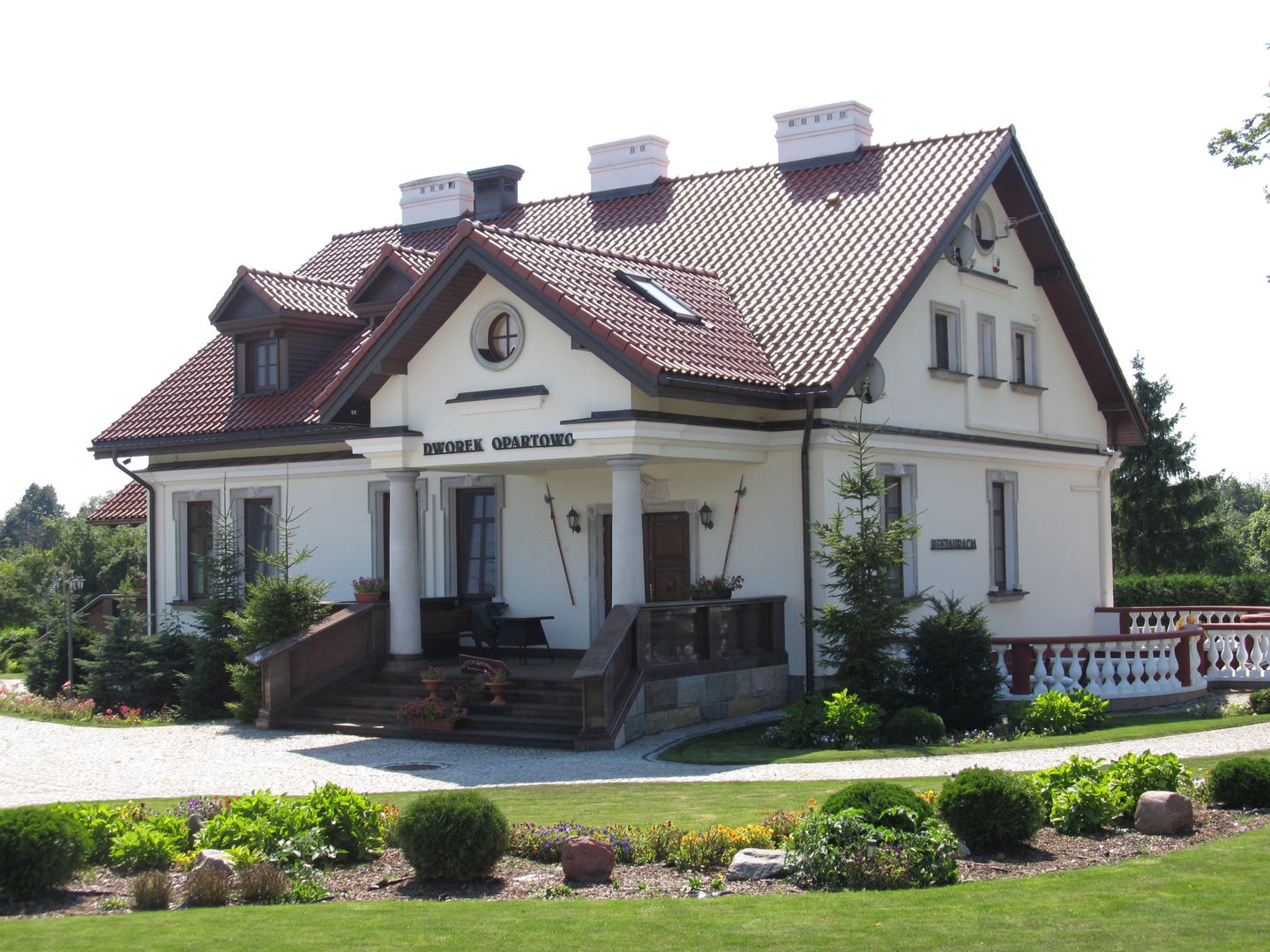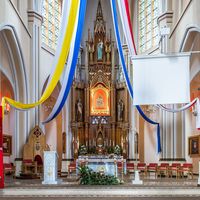Rajgród
6.3

Overview
Rajgród is a town in the Podlaskie Voivodeship, situated on the picturesque Lake Rajgrodzkie. The history of Rajgród dates back to prehistoric times, with the first traces of settlement estimated to be from 9000–7000 BCE. In the Middle Ages, a settlement of the Yotvingian tribe was established here, and in 1360, King Casimir the Great commissioned the construction of a castle. The town was granted municipal rights in 1568. In the 18th century, Rajgród became an important center of cultural life, and in 1764, the construction of a new church began. During the interwar period, infrastructure developed, including schools and customs guard posts. During World War II, the town suffered a tragedy when pogroms against the Jewish community took place in 1941. Notable local landmarks include Castle Hill with its viewpoint, the Opartowo Manor, the Church of the Nativity of the Blessed Virgin Mary, and the Jewish cemetery. Lake Rajgrodzkie, the most important body of water in the region, attracts tourists with its numerous resorts and recreational opportunities. Rajgród is also known for its rich history associated with the influence of the Radziwiłł family. The town continues to draw tourists with its historical sites and natural beauty, and its history remains a fascinating subject for researchers and enthusiasts of the region.
Location
You can also find here:
2025 Wizytor | All Rights Reserved
